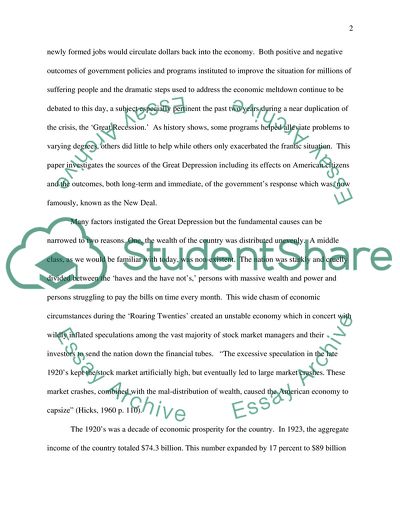Cite this document
(The Great Depression as a Social Issue Coursework - 1, n.d.)
The Great Depression as a Social Issue Coursework - 1. Retrieved from https://studentshare.org/psychology/1750399-the-great-depression
The Great Depression as a Social Issue Coursework - 1. Retrieved from https://studentshare.org/psychology/1750399-the-great-depression
(The Great Depression As a Social Issue Coursework - 1)
The Great Depression As a Social Issue Coursework - 1. https://studentshare.org/psychology/1750399-the-great-depression.
The Great Depression As a Social Issue Coursework - 1. https://studentshare.org/psychology/1750399-the-great-depression.
“The Great Depression As a Social Issue Coursework - 1”, n.d. https://studentshare.org/psychology/1750399-the-great-depression.


